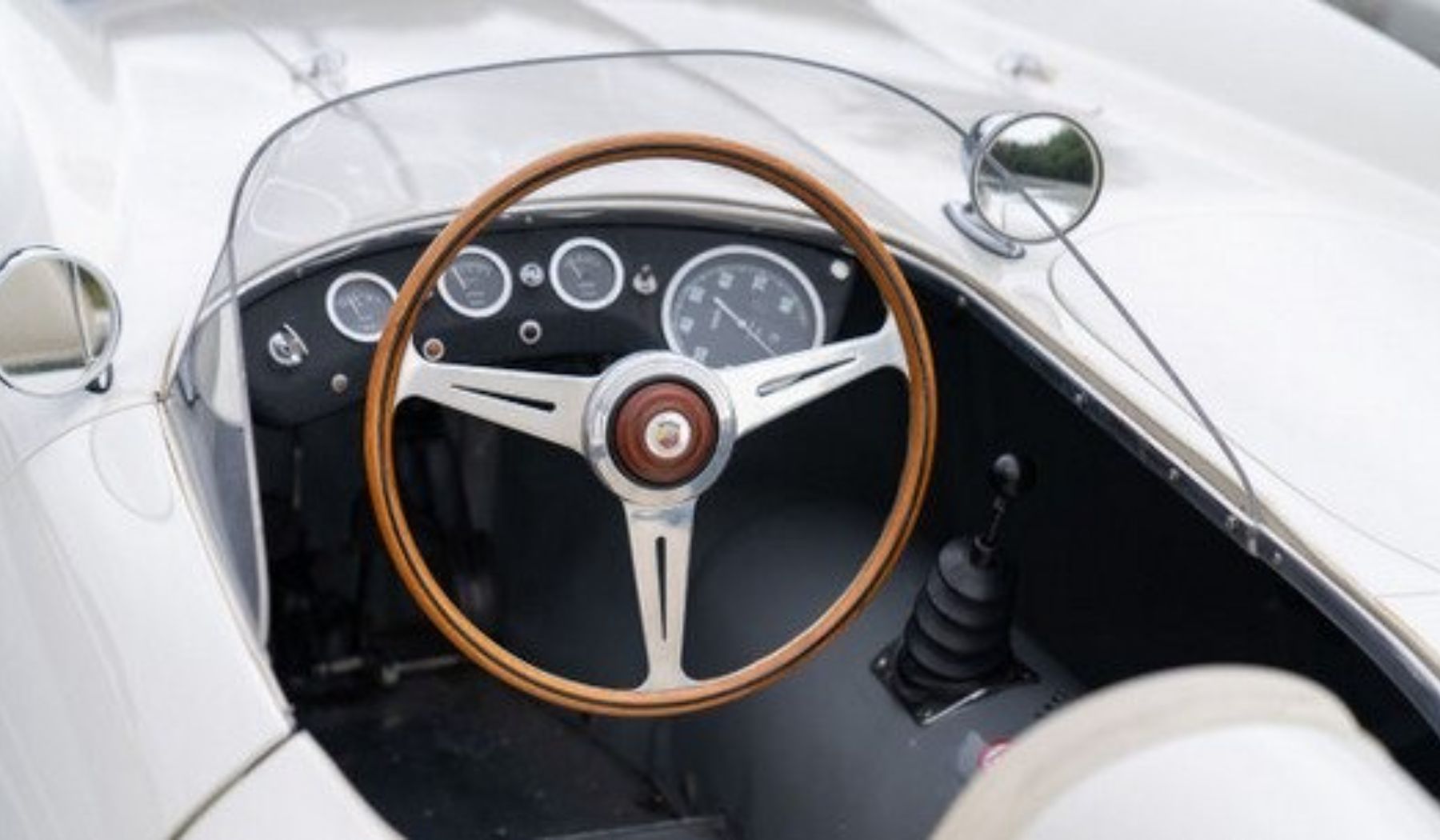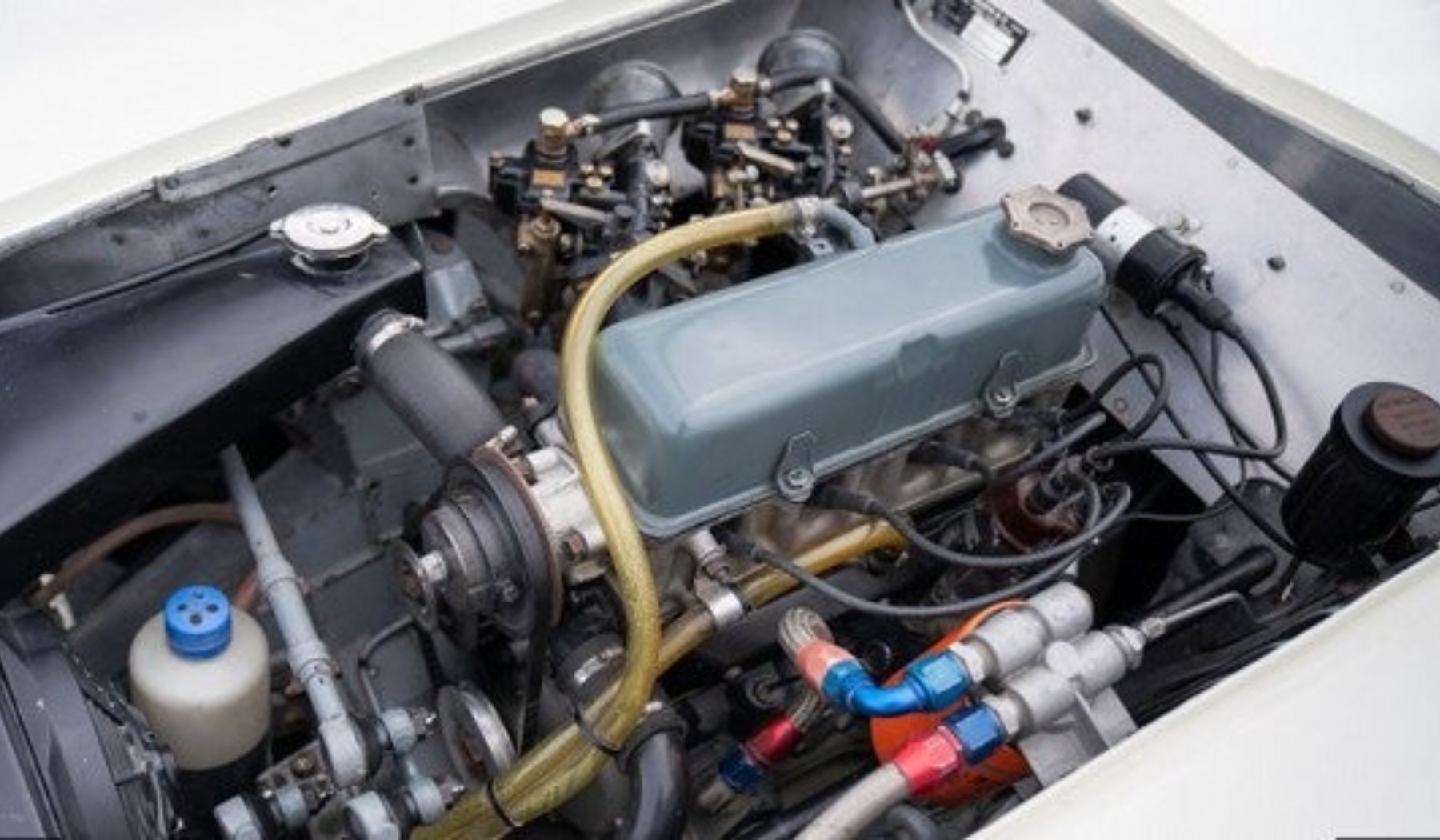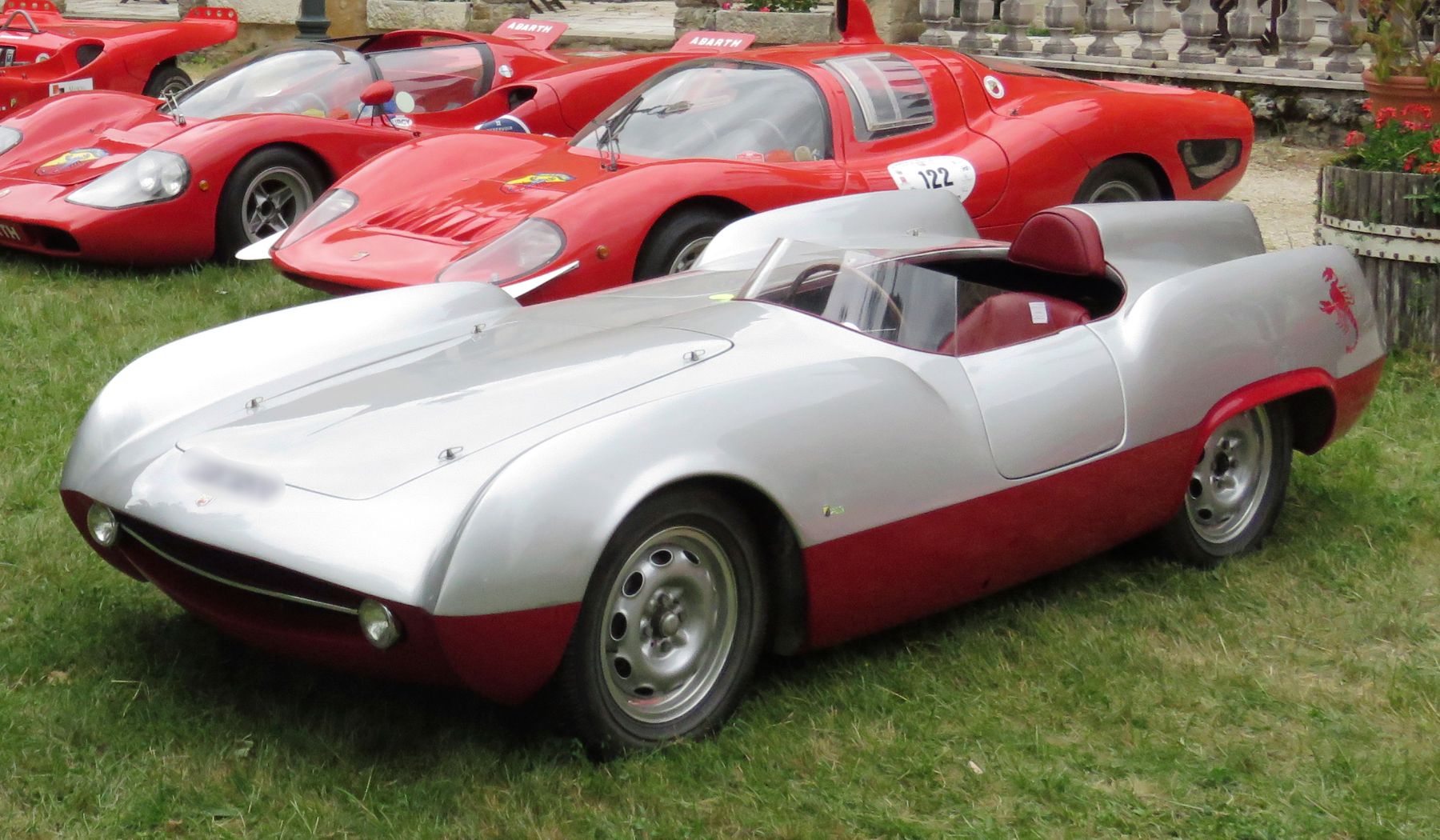Karl Abarth, a Viennese-born racing enthusiast turned engineering maestro, etched his name into automotive history through sheer determination and innovation. His journey from motorcycle designer to the helm of Cisitalia, a company he propelled to racing prominence, is a testament to his extraordinary talent.
When fate intervened, forcing an end to his driving career, Abarth transformed his passion into a new pursuit: crafting speed. With the collapse of Cisitalia, he seized the opportunity to establish Abarth & C., a venture that would redefine performance tuning. While their expertise in extracting maximum power from Fiat models garnered widespread acclaim, it was their limited-production masterpieces that truly showcased Abarth’s artistic flair.

The Spider 1100 Abarth Corsa 207/A, a meticulously engineered marvel intended for the American market, stands as a timeless example of Abarth’s ability to blend breathtaking aesthetics with raw power. This forgotten gem contains the essence of the brand: a relentless pursuit of performance, packaged in a form that is as fascinating today as it was when it first graced the road.
The Abarth 207/A stands as a testament to the synergy between Italian ingenuity and American ambition. Its story unfolds in the early 1950s when Tony Pompeo and Gino Valenzano, two Italian-American enthusiasts, recognized the potential of Carlo Abarth’s racing prowess and sought to bring it to the American stage. Their vision materialized in the 1955 introduction of the 207/A, a 1,100-cc class racer designed to challenge European titans like Porsche and Lotus.
While the car’s foundation was rooted in the humble Fiat 1100, it was Abarth’s expertise that transformed it into a formidable contender. The chassis, a bespoke creation of boxed steel, married Fiat-sourced components like drum brakes and suspension with Abarth-engineered enhancements such as upgraded rear shock absorbers and coil springs. However, it was the 207/A’s coachbuilt body that truly captured the imagination.
Penned by the legendary Felice Mario Boano and handcrafted by his Turin atelier, the bodywork was a masterpiece of form and function. Inspired by the aerodynamic principles of aircraft design, the 207/A boasted a low, sweeping profile punctuated by dramatic fins and an asymmetrical nose.
The Abarth 207/A stands as a testament to the early ambition and innovative spirit of the legendary Italian tuner. Sharing its mechanical underpinnings with the Fiat 1100, this diminutive racer possessed a heart that belied its size. The standard 1.1-liter four-cylinder engine, though modest in stock form, was subjected to Abarth’s meticulous tuning regimen.
Redesigned manifolds, twin Weber carburetors, and a heightened compression ratio breathed new life into the engine, raising its power output to a respectable 66 horsepower. Coupled with the car’s remarkably light weight, this newfound potency endowed the 207/A with a thrilling performance envelope, capable of propelling it to speeds exceeding 100 mph.

While the car’s aerodynamically sculpted body and agile suspension hinted at formidable racing prowess, the 207/A faced stiff competition from the likes of Lotus. The British marque’s lightweight specials proved to be a formidable challenge, ultimately overshadowing the Abarth’s achievements on the racetrack.
Consequently, production of the 207/A remained limited, and planned road-going derivatives failed to materialize. Despite its commercial shortcomings, the 207/A played a crucial role in establishing Abarth’s reputation, paving the way for the company’s future successes. Today, this rare and enigmatic racer is celebrated as a fascinating example of early motorsport ingenuity.

